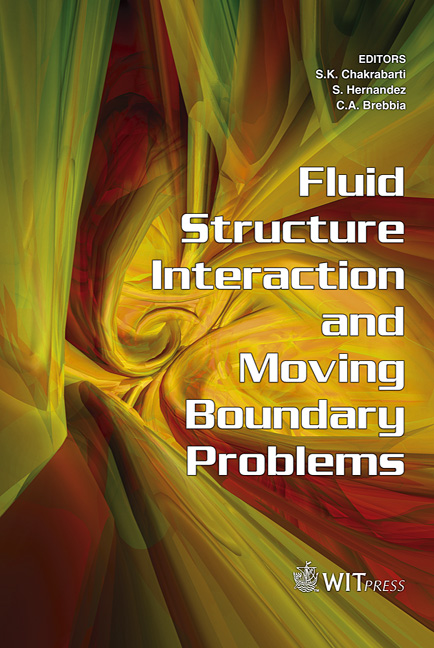Approaches To Solving A Free Boundary Porous Medium Flow Problem
Price
Free (open access)
Transaction
Volume
84
Pages
10
Published
2005
Size
640 kb
Paper DOI
10.2495/FSI050531
Copyright
WIT Press
Author(s)
J. Zhang, B. Jiang & J. C. Bruch, Jr.
Abstract
The free boundary problem considered is that of a steady, two-dimensional flow through a porous dam sitting on an impervious foundation with reservoirs on both sides of different heights of water. Several methods will be used to solve this problem and comparisons will be made of the results. The first method to be implemented will be the classical variational inequality approach. This technique yields a fixed domain formulation which is very efficient from both a computational and a theoretical point of view. The second method is a new non-overlapping domain decomposition approach. The seepage problem is broken up into two problems on non-overlapping regions. In one region the problem is treated as a partial differential equation formulation, while in the second region which contains the free boundary part, a variational inequality formulation is considered. A robin boundary condition is utilized on the common boundary between the two sub-domains. The third method to be used is the generalized Stefan velocity method for a class of free boundary problems including the seepage model. It is an iteration method, where a non-physical velocity on the free interface is specified for updating and locating the new interface at the next iteration step. The advantage of this method is that the convergence rate does not depend on the size of the numerical discretization whenever the non-physical velocity is properly chosen. Keywords: porous media flow, free boundary, variational inequality, domain decomposition, generalized Stefan velocity method.
Keywords
porous media flow, free boundary, variational inequality, domain decomposition, generalized Stefan velocity method.





